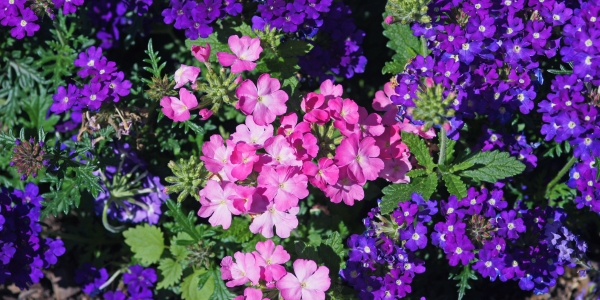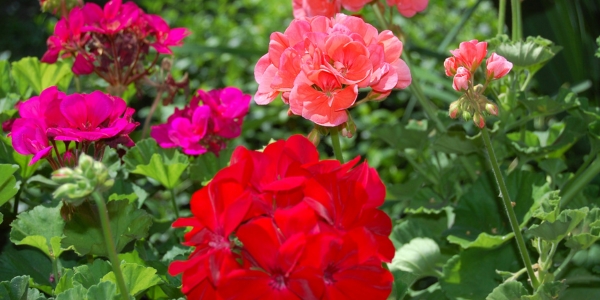Hummingbirds are among the most attractive small creatures in your garden. Their amazing mid-air antics will amaze you as they move around, their wings beating up to thousands of times each minute!
These tiny birdies must eat every 10 to 15 minutes and can visit up to 2,000 blossoms per day. Planting a mix of annual and perennial flowers and flowering shrubs can guarantee you have nectar available from several sources throughout the season.
Because these birds are territorial, it's a good idea to place a few hummingbird feeders throughout your yard so all your guests can feed.
What do Hummingbirds eat?
Hummingbirds primarily consume nectar from flowers. They require a consistent supply of sugar (carbohydrates) to maintain their high metabolism and activity levels. Hummingbirds like flowers with high nectar content. Their large, slender beaks and straw-like tongues are perfectly adapted to reaching nectar deep within tubular blooms. Bright shades of red, orange, pink, and purple are especially appealing! Hummingbird feeders also supply extra nectar. Hummingbirds require protein as part of their well-balanced diet. They eat small insects like mosquitoes, gnats, aphids, fruit flies, ants, and spiders. While sipping nectar, hummingbirds unintentionally swallow pollen, another source of protein, minerals, and energy.
Let us look at five such flowering plants that you can install as hanging plants in your garden to attract these little yet beautiful birds:
Petunias

Petunias are annual plants commonly found in outdoor hanging baskets. They attract hummingbirds in the spring and summer and come in various colours, including pink, red, yellow, purple, and white. Petunias should be hung in full sun.
Lantana

Lantana is a hardy plant that tolerates heat and drought once established. It is grown annually in most parts of the country, although it can become a perennial in warm areas. Lantanas are an excellent way to add interest to pots and containers, and hummingbirds are drawn to their little clustered blossoms. Because of their vine-like growth pattern, they look beautiful, spilling over pots and baskets. They can be cultivated annually in colder climates or as an evergreen shrub in frost-free places.
Verbena

From April until the first frost, verbena plants bloom in pink, red, apricot, salmon, white, and purple colours. Hang verbena plants in full sun and remove spent flowers to maximise flower output. A hanging planter packed with verbena in various colours will undoubtedly attract hummingbirds.
Geraniums

Geraniums are a common hanging plant with colourful flowers that attract hummingbirds. Flower hues include pink, red, salmon, white, and bicolour. Geraniums bloom from late spring to early October and thrive in regions with abundant sunlight.
Balsamina

Many gardeners use Balsamina as a hanging plant to brighten shady regions on their property. Hummingbirds are drawn to the vibrant orange, pink, red, purple, and white colour variants seen in Balsamina plants, which bloom from late spring to the fall.
Conclusion
Thus, you can place these plants in your garden to attract hummingbirds. It is advised if you create spaces for shelter, perching, and nesting. Hummingbirds usually rest on thin branches, wire trellises, or other skinny perches designed for tiny feet. Like many other birds, they make their nests in dense bushes, trees, or vines rather than birdhouses, boxes, or hollow tree holes.


